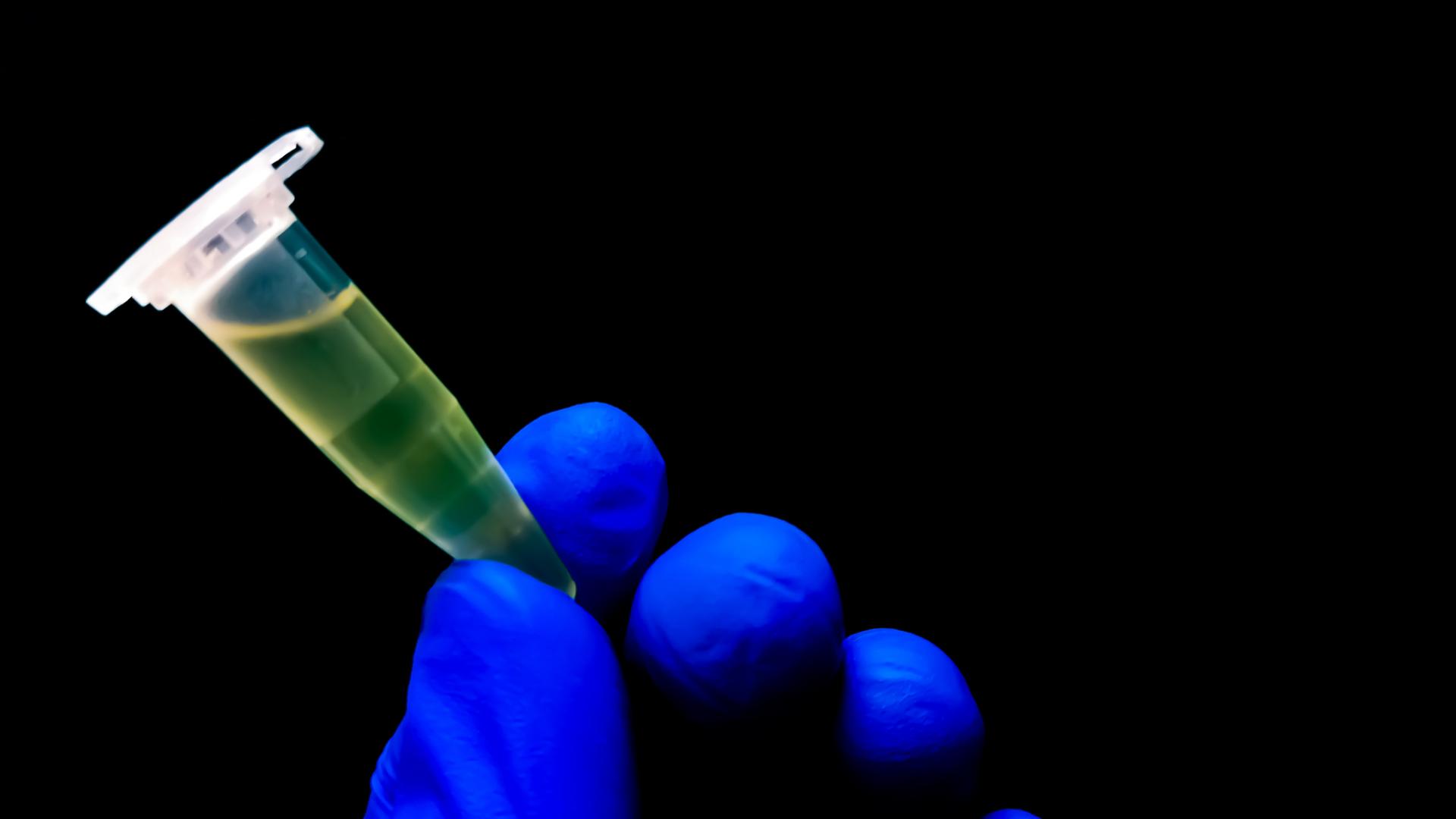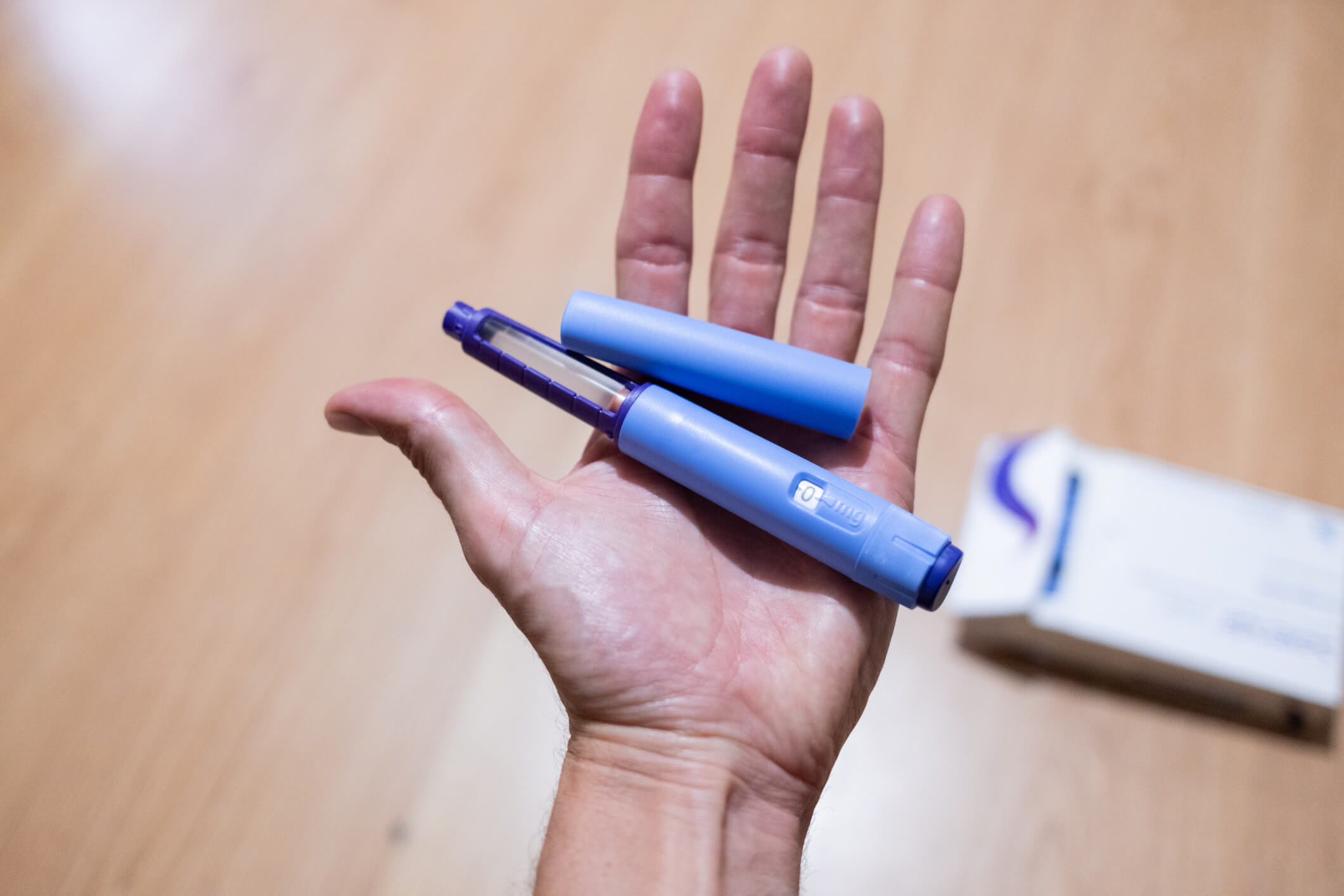
Learn how scientists are exploring biomarkers in the cerebrospinal fluid to screen for Alzheimer’s disease.
The Status Quo of Diagnosing Alzheimer’s Disease & Need for Biomarkers
Imagine going to the doctor and being told you may have a very dangerous disease. However, they will never be able to tell you whether it is that disease or something else.
And then imagine that the doctor says that you are already a few years too late for treatments to have the best effect and that this may severely affect treatment decisions and your comfort throughout the rest of your journey. Moreover, this also poses an obstacle to research on new therapies for this disease as there is no clear-cut way to confirm that those recruited for clinical studies have the disease in question.
This is the dilemma that faces everyone involved in Alzheimer’s disease. Neurologists do not have the right tools at their disposal for an accurate assessment that could lead to a definitive diagnosis of Alzheimer’s. After all, having memory problems can be a symptom of many different cognitive diseases that might have very different treatment options.
Thus, accurately determining which patient truly has Alzheimer’s is essential. Additionally, the current clinical diagnoses based on memory tests are not made until there is significant memory impairment which makes effective treatment difficult. To that end, scientists are trying to look for earlier signs of AD that aren’t visible to the naked eye.
Scientists are searching for an Alzheimer’s signature using biological markers (biomarkers). Biomarkers are relevant in giving proper clinical diagnoses and could potentially predict how quickly Alzheimer’s will progress in a particular person. It also appears that there are even subtypes within Alzheimer’s, and biomarkers could inform what treatment options (or combination therapies) and what doses may best benefit a particular patient. Doctors can also use biomarkers to monitor response to treatments.
Many types of biomarkers are used in the clinic and in research-only situations. This article focuses on cerebrospinal fluid (CSF) biomarkers.
Cerebrospinal Fluid: The Magic Window into the Brain
CSF is a clear fluid surrounding the brain and spinal cord. It functions as a cushion, protecting the brain. However, it can also provide great insight into events taking place within the brain. Proteins made in the brain are released into the CSF, and measuring them provides a snapshot of what is going on in the brain. CSF can be safely collected by a procedure called a lumbar puncture (spinal tap).
The Alzheimer’s Disease Profile
Beta-amyloid plaques and neurofibrillary tau tangles are the two hallmarks of AD in the brain.
Amyloid
Beta-amyloid plaques are formed from beta-amyloid (Aβ), which is made when amyloid precursor protein (APP) is cut by two enzymes, called beta and gamma-secretase.
This snipping of APP by gamma-secretase can happen at several locations along the APP sequence, and thus, there are several different forms of Aβ formed.
The most toxic form, predominant in these plaques, is called Aβ42. Researchers have shown that there is an opposite relationship between Aβ42 levels in the brain and in the CSF: when Aβ42 is trapped in plaques, less of it leaves the brain to enter the CSF, and thus, CSF Aβ42 measurements in people with Alzheimer’s are generally lower than for healthy persons.
Tau
Increases in total tau protein and phosphorylated tau (p-tau) are also seen in the CSF of people with Alzheimer’s.
These three core CSF biomarkers, Aβ42, total tau, and phosphorylated tau, comprise the “Alzheimer’s disease profile,” but these proteins may also be present in other dementias to varying degrees.
In the last decade, scientists have learned that changes within the brain due to Alzheimer’s are starting to occur two decades before a person starts having memory problems! PET imaging of brains showed amyloid starts accumulating 15-20 years before symptoms started. CSF Aβ42 decreases 20-25 years, and CSF tau increases 15 years before clinical disease!
This is particularly relevant since many Alzheimer’s clinical studies have failed to stop the worsening of memory problems, although the drugs were decreasing brain Aβ. Owing to this, scientists have started to conduct clinical trials on presymptomatic patients before significant irreversible damage has already been done to the brain. The only way to recruit presymptomatic individuals for these trials is to have a set of accurate, reliable signature AD biomarkers. This will give scientists a better shot at truly seeing if a treatment can be effective, i.e. the right treatment at the right time.
What the Future Holds
Using current biomarkers, there is overlap between people with Alzheimer’s and people without Alzheimer’s (healthy/other dementia), and it will likely take a handful of additional Alzheimer’s biomarkers to properly distinguish these groups and to further separate subtypes of Alzheimer’s cases.
Additionally, scientists are interested in developing a screening tool for Alzheimer’s in blood. After all, a simple blood draw is much less invasive than a spinal tap. Developing blood biomarkers that accurately depict brain changes has proven challenging, as levels of Alzheimer’s hallmark proteins in the blood are low, but there are some very recent promising results observing tau and the ratio of Aβ42 and Aβ40.
In the future, combination blood screening could help distinguish which people are most likely to have Alzheimer’s and who should have further testing, such as CSF biomarkers or PET imaging (which is cost-prohibitive to be a first-line screening option), to ensure a definitive, accurate diagnosis of Alzheimer’s.
About BrightFocus Foundation
BrightFocus Foundation is a premier global nonprofit funder of research to defeat Alzheimer’s, macular degeneration, and glaucoma. Since its inception more than 50 years ago, BrightFocus and its flagship research programs—Alzheimer’s Disease Research, Macular Degeneration Research, and National Glaucoma Research—has awarded more than $300 million in research grants to scientists around the world, catalyzing thousands of scientific breakthroughs, life-enhancing treatments, and diagnostic tools. We also share the latest research findings, expert information, and resources to empower the millions impacted by these devastating diseases. Learn more at brightfocus.org.
Disclaimer: The information provided here is a public service of BrightFocus Foundation and is not intended to constitute medical advice. Please consult your physician for personalized medical, dietary, and/or exercise advice. Any medications or supplements should only be taken under medical supervision. BrightFocus Foundation does not endorse any medical products or therapies.
- Brain Health








